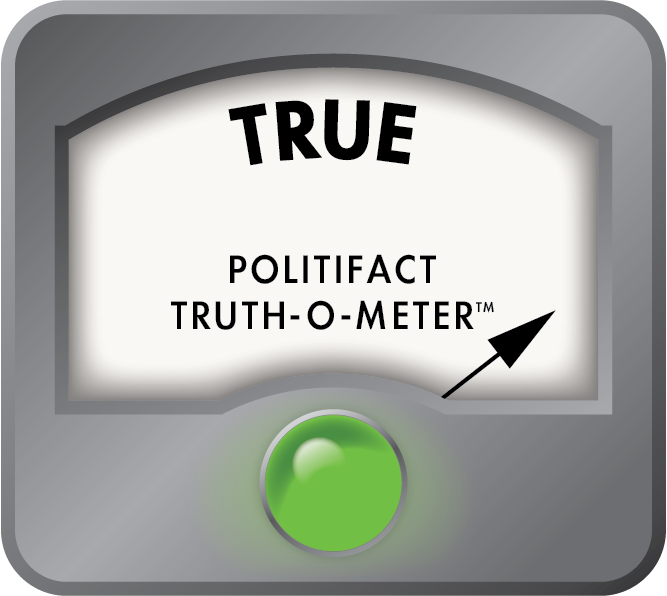PolitiFact: Yes, Wisconsin tops Minnesota in number of people incarcerated
- Oops!Something went wrong.Please try again later.
The number of people incarcerated in Wisconsin is getting more and more attention, especially due to claims of overcrowding and understaffing for the number of people behind bars.
During an event hosted on Feb. 1, 2024 in Madison by advocates for incarcerated people in Wisconsin, state Sen. Kelda Roys, D-Madison, compared Wisconsin to other nearby states that incarcerate fewer people.
In particular, she mentioned Minnesota, which “incarcerates about a third of the number of people Wisconsin does.”
Is that true?
Wisconsin does incarcerate far more people than Minnesota
Data from the Minnesota Department of Corrections and the Wisconsin Department of Corrections show that, yes, Wisconsin does have far more people incarcerated than Minnesota, as of the end of June 2023.
According to the Minnesota DOC data, there were a total of 8,274 people incarcerated in state prisons about mid-way through the year.
And in Wisconsin, there were 21,332 people incarcerated in state prisons around that same time.
One third of 21,332 is about 7,110 people.
So Minnesota has more than one-third of the number of people incarcerated in its prisons, but Roy’s estimation really wasn’t far off.
For reference, Wisconsin’s population is about 5.9 million people, according to the U.S. Census Bureau, while Minnesota’s population is about 5.7 million.
When asked for more information about the claim, Jalen Knuteson, an aide to Roy, sent over a host of information regarding prison populations from the Prison Policy Initiative, which had slightly different numbers, from earlier in the year.
And for Minnesota, the Prison Policy Initiative listed 8,000 people in state prisons.
Using those numbers, 8,000 is more than one-third of 20,000 as well.
So while Wisconsin does have far more people in prisons across the state, Minnesota’s number of incarcerated people isn’t quite as low as one-third of Wisconsin’s numbers. But Roys didn’t claim that the number was exact, only about one-third.
Roys, too, weighed in over the phone.
“The bottom line is that we are so far out of step with our peer states like Minnesota,” she said. “We’ve been incarcerating between double and triple the rate of folks. It’s just way too many.”
Wisconsin incarcerates more people, not because people are committing more crimes, but because of revocations for rule violations by people on community supervision after being released from custody, according to an Oct. 26, 2023 report in the Green Bay Press-Gazette. About 30% of all new admissions in the state between 2000 and 2020 were for revocations.
Revocations are strongly associated with substance abuse issues, the report said.

Our ruling
Roys claimed that Minnesota has about one-third the number of people incarcerated than Wisconsin.
As of the end of June last year, the most recent data available, Wisconsin had 21,332 incarcerated people, compared to the 8,274. That is about one third.
We rate the claim True.
Sources
Sen. Kelda Roys, speech at prison advocacy event, Feb. 1, 2024
Minnesota Department of Corrections, “Adult Prison Population Summary,” July 1, 2024
Wisconsin Department of Corrections, Data and Reports, Feb. 12, 2024
U.S. Census Bureau, “Wisconsin,” Feb. 13, 2024
U.S. Census Bureau, “Minnesota,” Feb. 13, 2024
Prison Policy Initiative, “How many Wisconsin residents are locked up and where?” May 2023
Prison Policy Initiative, “How many Minnesota residents are locked up and where?” May 2023
Email exchange with Jalen Knutson, Roy’s office, Feb. 9, 2024
Phone call with Sen. Kelda Roys, Feb. 12, 2024
Green Bay Press Gazette, “Report: Wisconsin has one of the highest incarceration rates in US, especially for Black residents,” Oct. 26, 2023
This article originally appeared on Milwaukee Journal Sentinel: Fact check: Yes, Minnesota incarcerates far less people than Wisconsin

